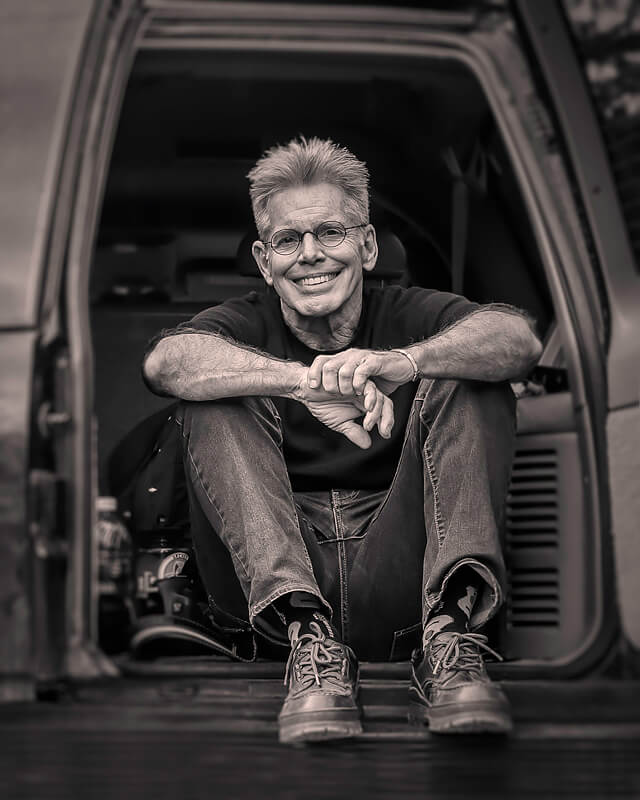Keith Carter is an American photographer who is known for his dreamlike black and white photographs of the figure, animals, and meaningful objects. He began photographing new and unknown realities in his native East Texas environment. This setting, with heavy folklore, religious, and cultural motifs, inspired Carter to create some of his most iconic images. Since his start in Texas, his work continues to push imaginative realms in his travels within the United States and across oceans.
In 1970, Carter earned a Business Management degree from Lamar University and began his career as a commercial photographer while working on personal projects. These personal projects have resulted in a long career and over twelve published monographs. Carter currently teaches photography at Lamar University as a Distinguished Faculty Lecturer. He travels worldwide providing photography lectures and workshops for artists.
Carter's fine art career has made him the recipient of an array of awards such as the 2009 Texas Medal of Arts, 2009 Artist of the Year presented by the Art League Houston and, in 1991 the Center for Documentary Studies at Duke University presented Carter with the Lange-Taylor Prize. His work has also been featured in print and online publications, television, and film. In 2006, the Anthropy Arts in New York filmed a documentary about Carter's photographic work, and in 1997 CBS made an art segment on Carter's work for public television.
He has extensively exhibited his work throughout the world and participated in over 100 solo exhibitions. Permanent collections of his work can be found in many private and public institutions including the San Francisco Museum of Modern Art, the George Eastman House, the Museum of Fine Arts, Houston, Dallas Museum of Art, the Amon Carter Museum of American Art, the Smithsonian American Art Museum, and the Art Institute of Chicago.
Selected Books on

